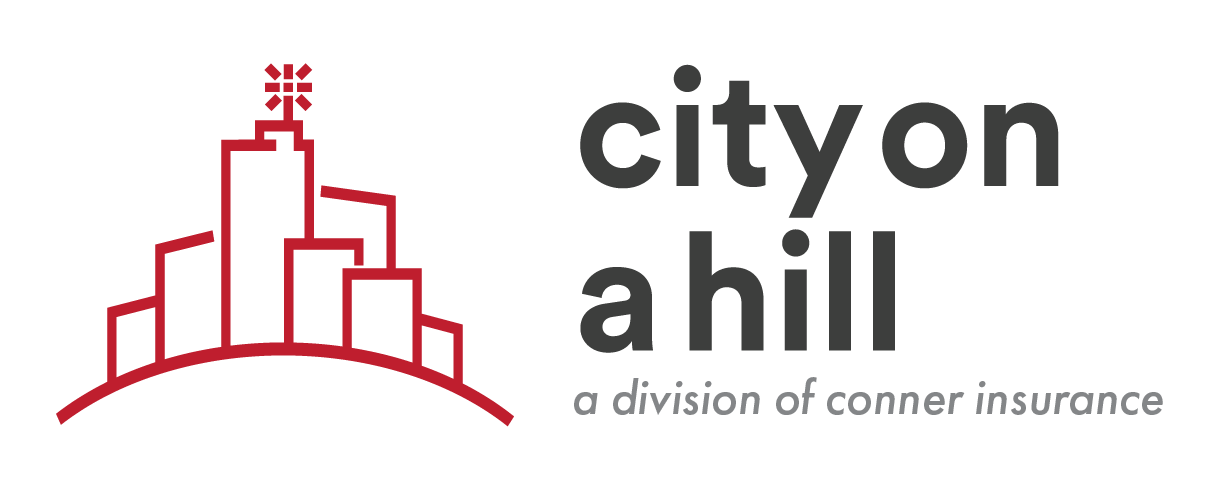Where change presents itself, uncertainty follows. Yet, in a time where employee wellbeing and health is a top priority, adjustments to benefits may be necessary to support them. Changes that can reduce costs and improve employee experience can make a big difference for employees.
Recently we discussed a place for innovation in your benefits plan, and organizations are responding. Innovation can promote a positive workplace culture, help avoid employee burnout, and generate cost savings for your organization. But once employers have taken the first step— deciding to make a change—how do you overcome the risks and anxieties of that uncertainty?
Change Management
Employers often receive large increases from their insurance carriers, many times with no explanations as to why. This leaves employers with one option: to try to argue down the cost. While a lesser increase is a great place to start, employers really need to ask themselves if their carriers are truly looking out for their best interests. Increases year after year with no options to improve your program can become unsustainable, which can negatively affect your organization and employees.
This is especially important for small churches and Christian schools, who sometimes have limited budgets to work with. Partners that are more aligned with your mission are better able to support you.
We have a client who is insured with a larger carrier and is interested in making changes to their plan but doesn’t want to transform the plan entirely. For these clients, we were able to save them money for the current year by uncovering and alleviating immediate high costs within the plan. This led to reduced rates and a better ability to manage changes appropriately and allow transition slowly the following year.
Flipping all the switches at once is not required.
Currently, over 70% of employers are worried about stress and burnout affecting their business, according to MetLife’s 29th Annual U.S. Employee Benefit Trends Study. With numbers like these, any changes made to a benefits program need to be done deliberately and carefully.
Strategically, we will do what we can to keep your organization with the same carrier and your employees with the same doctors. We make changes step by step to avoid stress for employees and ensure we stay within budget. If you have a preferred network and are comfortable, we can work to keep you there.
At the same time, we recognize that circumstances and priorities can shift, the recent pandemic is a great example of how quickly those factors can change. Bumps in the journey are often preventable, but where they aren’t, we have a suite of solutions and partners we can leverage to address them. Where change is the smart option, how we implement that change is often as important as the change itself.
For example, changing networks, even when employees have access to the same doctors, can create discomfort. HR staff, who are used to operating a certain way and employees who are accustomed to the way their insurance works often need time to adjust and familiarize themselves with new processes. They need to be led into a new system with ease, allowing time for education, training and support, which is why our process includes making adjustments over time, to give employers and employees more runway to work through.
Alleviate unnecessary stress to you and your people.
A gradual change allows for innovation and improves efficacy. We design the pathway with you. Starting with small, intentional adjustments to manage costs and reduce risk. Our three-year pathway can look something like this:
Year 1: Manage the initial changes. We strategically design a 12-month runway with employers. Time is taken to discuss options and answer questions. We recommend a minimum of 4-6 months to introduce changes to those employees who will be impacted, whether that’s a few individuals or the entirety of your workforce.
Year 2: Expand on those changes. To reduce disruption to the organization, data-based decisions and pathways are continued. Valuable data, such as plan usage or sources of costs, is pulled and analyzed. If employers have concerns, we are able to provide appropriate solutions for those concerns as well.
Year 3: Continue to build. Every year provides new opportunities and challenges, but by this stage in the plan, your organization and its members are in a position to adopt aggressive cost-saving measures because we have trained them, educated them, and prepared them for this new way of approaching benefits. Not all aggressive options make sense for every organization, of course, but we have managed change in such a way that you can make those choices with less anxiety.
Improve your plan with your mission in mind.
Change management, when done in this manner, can produce cost savings and improve employee satisfaction. Adding new processes too quickly or without proper planning can cause confusion for employers and employees, which is why change management is important.
We have niche solutions for the schools and churches we serve, specifically tailored to their needs. Our process is different from other advisors because of the relationship we have with our partners and how we can leverage opportunities for savings and improvement. We believe in the benefits of data-based decision making and long-term planning.
Our goal is to be able to help all organizations thrive. We work with schools of all sizes and budgets. If you are interested in discussing unique options for your business, let’s chat!



